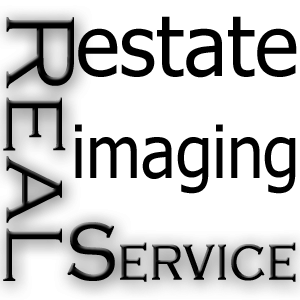Money in your pocket… Decreasing Cost of Sale in Lower End Listings

Many of you who know that I’m kind of obsessed with identifying and quantifying the impact of my product and efforts on your business.
I’m just not happy with taking pretty pictures. Something in my DNA demands that I understand the impact of those efforts on your business.
Time and again and most recently I have been told “Oh my that listing sold so fast and at over list!” This feedback comes directly from multiple agents and agencies and seems to come as a surprise to the agent. They are convinced, and so am I, that professional photographs had an impact.
Well I’m not one to sit there and accept that, though I know it’s true. I have to know and quantify the value of that quick sale to the agents bottom line. That is they knew it sold faster, but what did that faster sale do to their bottom line?
So it sold in 5 days. What if it took a month without using those photographs? What then did expense of those “Oooo! pretty pictures!” do to their bottom line? That’s the question. Just what does it do? Let’s make a few assumptions that you all can do taking into account your specific circumstances and your statistics.
Assume:
- The property is priced right for the market.
- The property is prepared for showings and the owners cooperate.
- You prefer to show and sell the property not list it and quit it.
- Your actual cost of sale includes you fixed costs associated with every listing you have.
Your Variable Costs per listing:
- Print advertising costs (on lower end this is typically limited to brochures)
- Professional Photography (an expense that is fully deductible)
- Your time taking your own photographs (your wasted time is not an expense you can deduct)
- The time and expense of you showing the property (“List it and quit it” agents do not have this expense but of course they give up one side of the transaction that’s money left on the table. You may deduct the mileage but not your time)
- There are other variables like your reputation and abilities to get listings against an agent who uses better images.

Notice my subtle use of italics plus green plus underlining on two of Variable costs.
If you are like me 50% of the last dollar you take in goes out to pay some sort of tax. Those are 25% Fed income, 3% State, 1% local, 15% self employment and when you spend that dollar there is 7% sales tax.

If you spend $100 on a photo shoot it’s fully deductible and costs your bottom line only $50 per $100 spent. So don’t look at the cost as if it’s $100. It’s only $50 to your bottom line.
Now for the next step. How many showings do your amateur photographed properties take before you get acceptable offers? I’ve done research on this and it seems you might show the type of property described here typically 10 to 25 times.
So what does a showing cost you? That varies of course if you drive the clients or meet them there as well as the round trip distance. Not to mention your time driving and showing could be spent more productively getting the next listing.
Let’s “Quantify” that cost per showing. Fed mileage rates allow for $.53 per mile let’s assume that’s accurate. I know from my experience you on average have 20-30 miles tied up in typical showings. You can easily have two hours tied up in making arrangements, driving and on site for every showing. If that home is typical let’s assume you show it 10 times. That’s 20 hours and 2-300 miles tied up in the sale. 250 miles costs you around $133 in auto expense.
If experience, fed back directly to me from real agents about their listings, is accurate professionally photographed listings as described sell at least twice as fast as similar listings that are not photographed professionally. They sell for more. They are more likely to be sold by you vs. other agents.
So you save $60-70 in auto expense plus 10 hours of your time and increase your chances of a double sided sale. You spent only $50 (per $100 spent) out of your bottom line and that is more than offset by the savings. As a bonus you save time and increase your chances of earning from both sides.
In the end it’s your decision but from my experience it just makes business sense and pays back far more than you ever pay out. I believe it will pay off to sit down and do the math yourself based on your market and experience…

